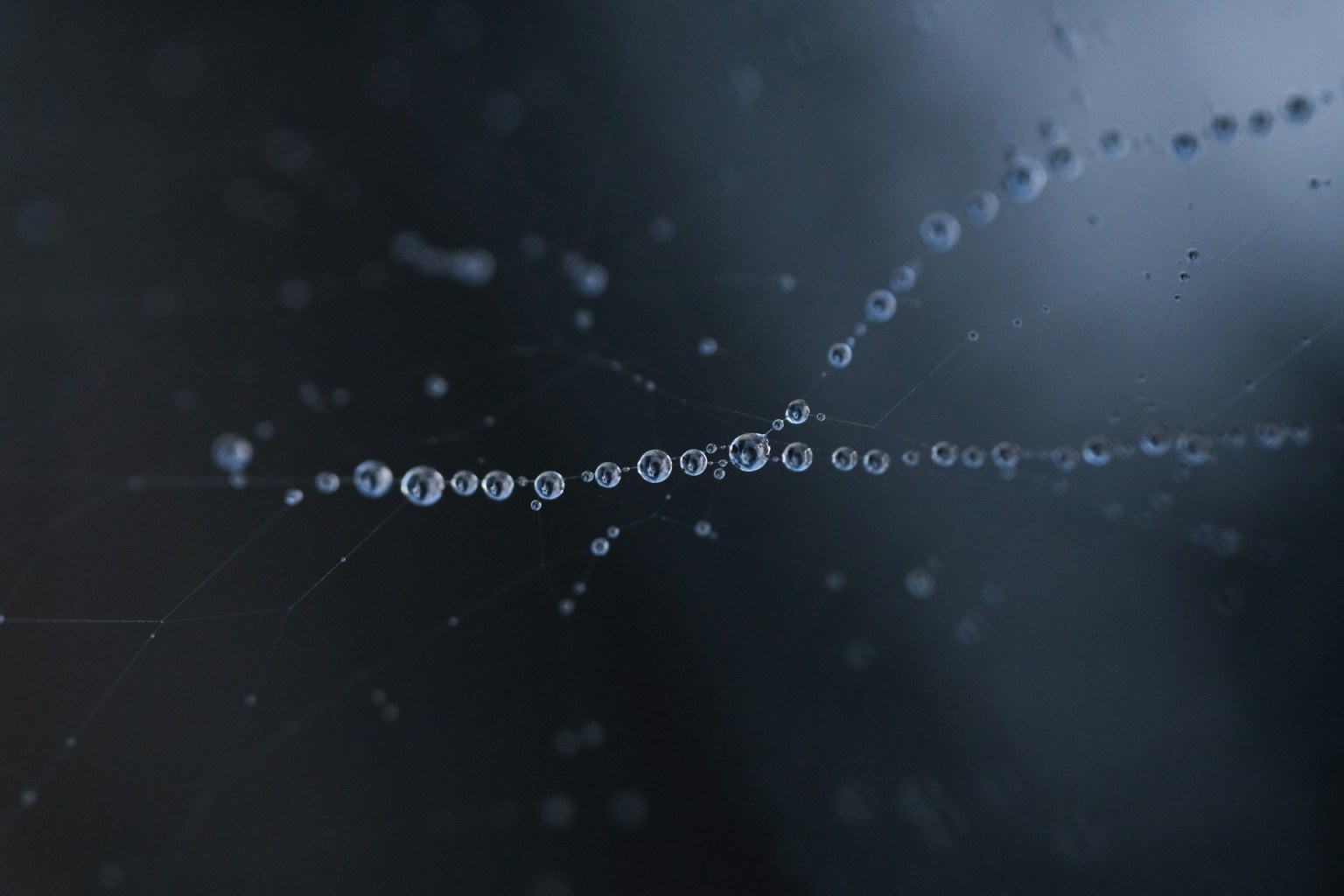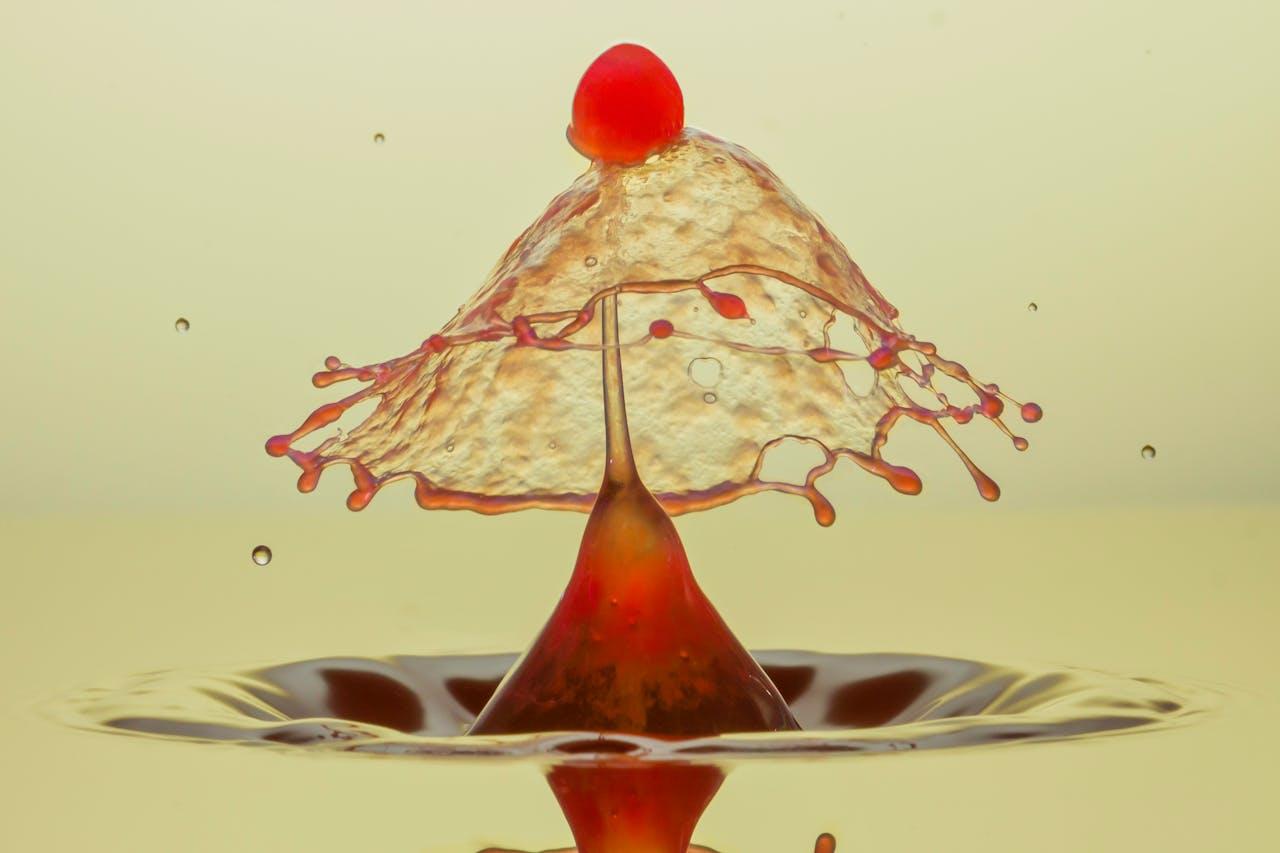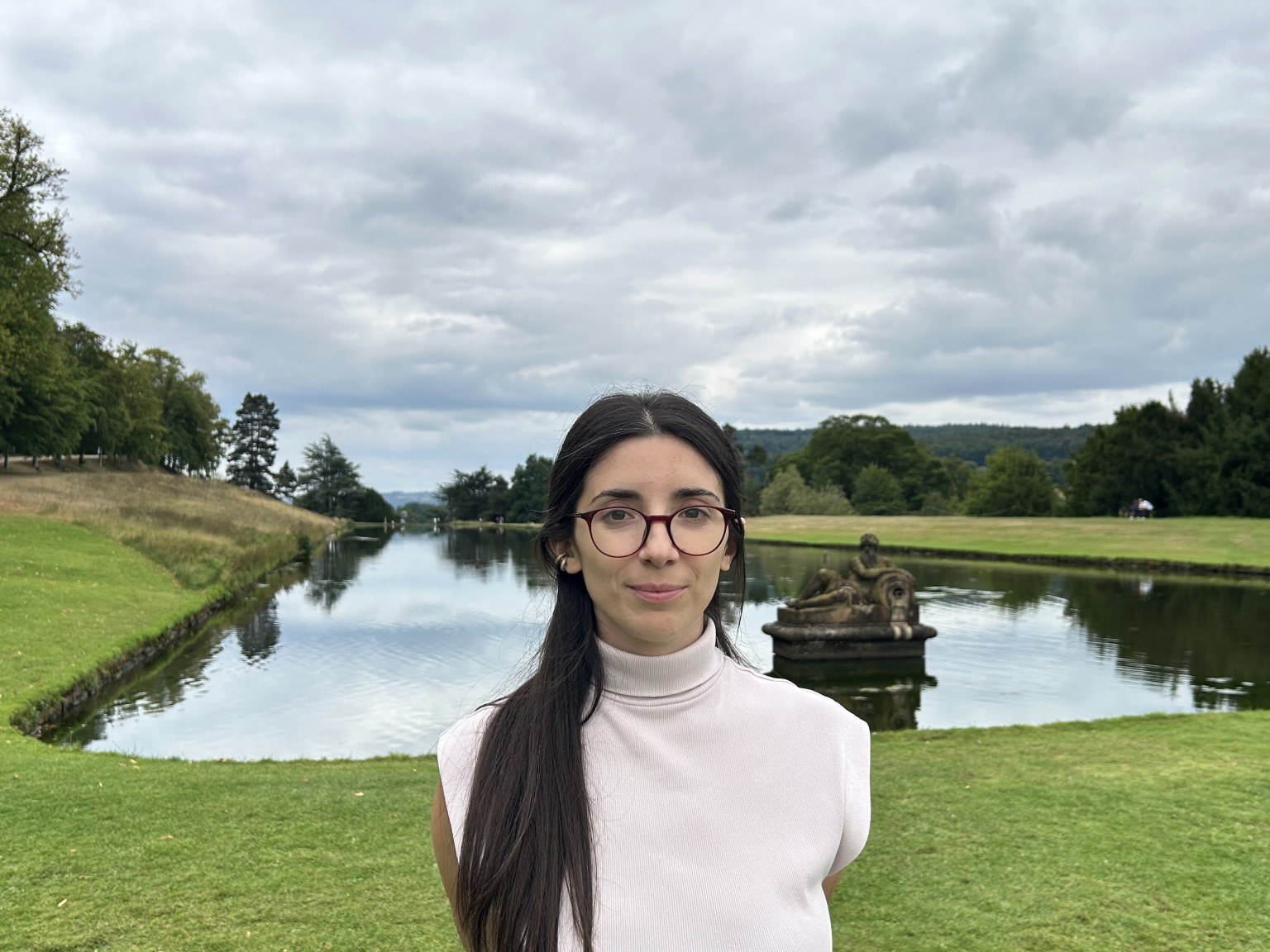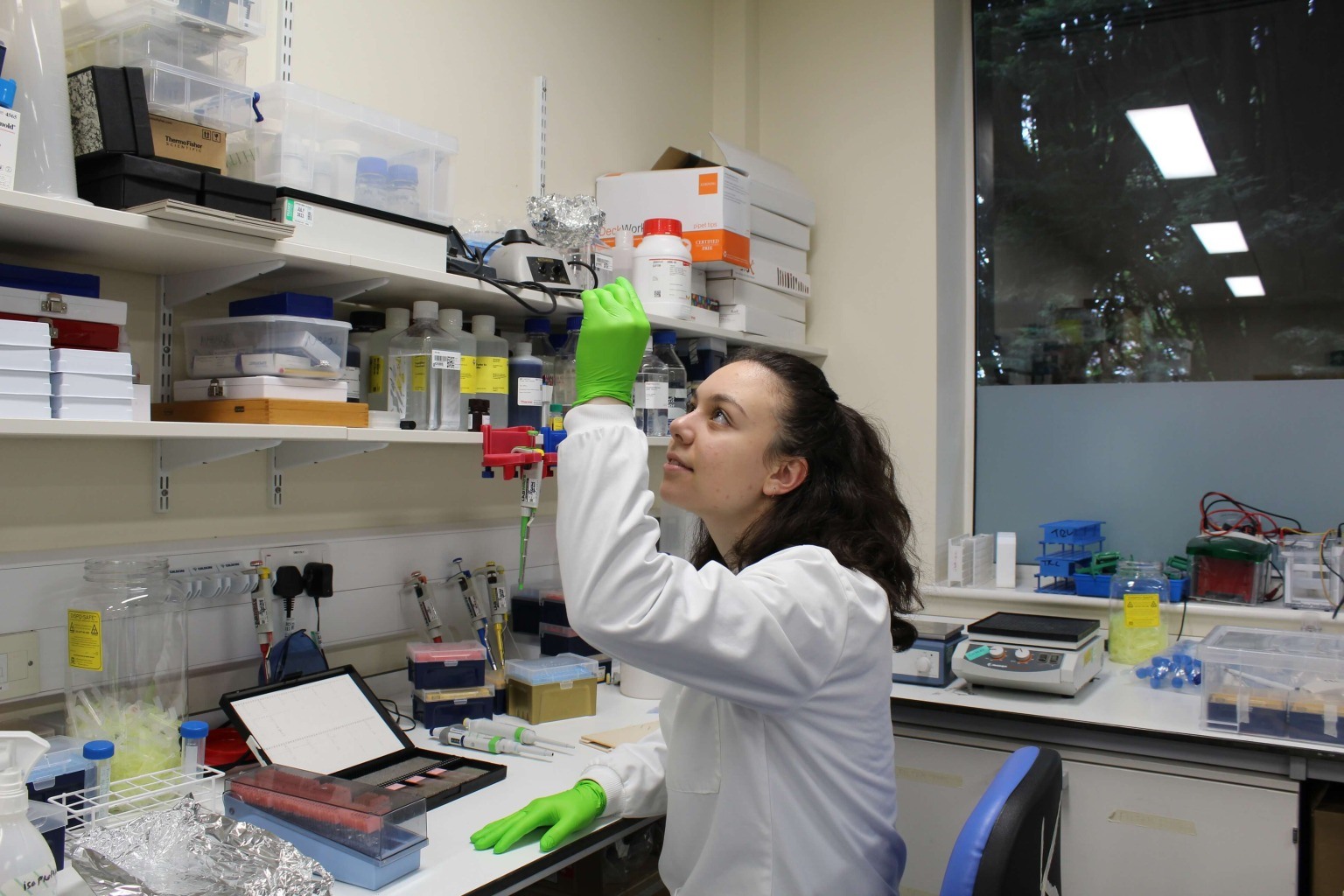
Exploring the invisible: Dr. Ariadni Boziki simulates the molecular world
Chrysovalantou Kalaitzidou

Magazine / Interviews , Science
Yakinthi Batsi is a chemist, holds a master's degree in Medical Chemistry from the University of Ioannina. She is a doctoral researcher in the field of medicinal chemistry, and her research takes place at the Institute of Chemical Biology of the National Hellenic Research Foundation. Along with her research, she works for the company JAM pedals, where she paints pedals for musical instruments like the guitar and the bass. Yakinthi’s artistic endeavours extend to articles’ editing and curation of the “you asked us” column for the BeConscious team. BeConscious is a collaborative initiative led by a team of scientists that aims to communicate science to cultivate environmental awareness in their audience. Greek Women in STEM had the pleasure to discuss with her all these interesting things.
What does your PhD and research include?
My research focuses on developing treatment for colon cancer. My work involves the design and development of bioactive compounds that target a mutated kinase (BRAFV600E) by blocking its action. This mutation disrupts basic cellular functions such as cell proliferation and survival and is present in 8% of cancer cases worldwide.
Have you ever felt that you have to 'pick out’ either with science or the arts? To choose between a creative or a logical way of thinking?
For a long time, I pushed myself devotedly to science since I believed that focusing on one field would allow me to progress faster! To some extent, I still believe it, but now I have just come to realise that my creative side helps the scientific one and vice versa, the logical one helps the artistic. Engaging with arts can be therapeutic. It helps me find balance within me while it works as a stress reliever so that I can cope with the demanding environment of research.
This is very beautiful, but the truth is that by categorizing our minds into creative or logical ... we oversimplify the complexity of the human brain. And (potentially?) we limit people's perception of what they are capable of!
Exactly! I do not think we should limit ourselves to a particular area or field simply because we have been "taught" that our degree defines our personalities. Nor to act in a particular way in a work environment because this is what the majority does and is widely considered more "acceptable". On the contrary, I believe that the freer we think we allow ourselves to take advantage of the different aspects of our character. The knowledge we have gained from the different stimuli we have chosen to experience brings us closer to standing out and engaging in something that expresses ourselves, and we are really good as it comes from within.
To what extent do you think art and science are correlated?
Both science and art require creativity and originality. Both are accompanied by a veil of “mystery”, a search for something new. The main difference concerns the freedom of implementation of each project. In science, conceptualization is based on sources and facts, and its implementation is framed by certain rules, while in art - at least the way I see it - everything is abstract, and there is freedom throughout the process. I can say that through art, where everything is possible, I am allowed to break the rules, something that science does not allow!
A scientific project includes scientific self-consistency and autonomy. Everything is tied in the light of a general scientific theory of a model. However, the same self-consistency and independence of a work of art cannot be held by any prism of values other than an aesthetic personal perception.
How does science intrude into artistic creation?
Science is accompanied by the development of skills like observation, perception, and methodical manner. Personally, it has helped me to organize my, incidentally, chaotic thoughts and to clearly visualize the image I want to capture on paper. Also, in my designs, I always incorporate geometric elements and symmetry. It is a prerequisite for a balanced result. In addition to mathematics, knowledge in chemistry is utilised in the selection and management of materials such as acrylics, adhesives.
How do you imagine combining your scientific background with art?
I consider myself quite lucky because combining fields that are theoretically "irrelevant" to each other has become a trend. I believe that soon, I will have opportunities to combine science with art, perhaps in the context of science communication. This is my goal now that I am completing my PhD. I have many possible scenarios in mind, one of which would be a collaboration with a cultural center or museum.
And one last thought. Science is based on dogmas and axioms to get from point A -the observation- to point B, the conclusion-. Art liberates us. A scientific project includes scientific self-consistency and autonomy. Everything is tied in the light of a general scientific theory of a model. However, the same self-consistency and independence of a work of art cannot be held by any prism of values other than an aesthetic personal perception.
As a scientist and artist, do you recognize common structures in all these values and this aesthetic model?
In science, there is certainly an initially more structured course, which is subject to limitations until we reach a valid conclusion. However, this process is constantly reversed, and the scientist is often forced to improvise, to think outside the box and at the same time try even contradictory approaches to frame a complete and documented finding. The same question can be approached in very different ways by separate scientific groups. They are required to apply specific techniques and rules, but each approach has a different nature-aesthetic.
Similarly, to create a work of art, there are also rules and specific techniques that an artist is required to use to reach the final result. What changes is whether artists allow themselves to be expressed freely. They can start with an idea and have no clue how the final work will be; therefore, art is being built along the way. Conversely, artists can be strictly limited to the initial idea and come up with a predefined outcome.
Therefore, there are common structures; what brings the two fields closer or further apart is mainly the motivation and the context in which the implementation takes place.
Find Yakinthi on LinkedIn or Jam Pedals.

Chrysovalantou Kalaitzidou

Thaleia-Dimitra Doudali

Danai Korre
